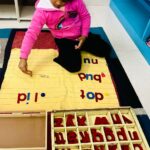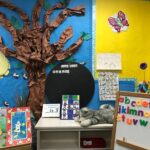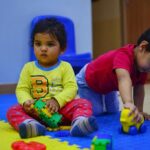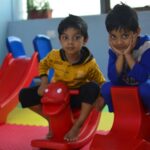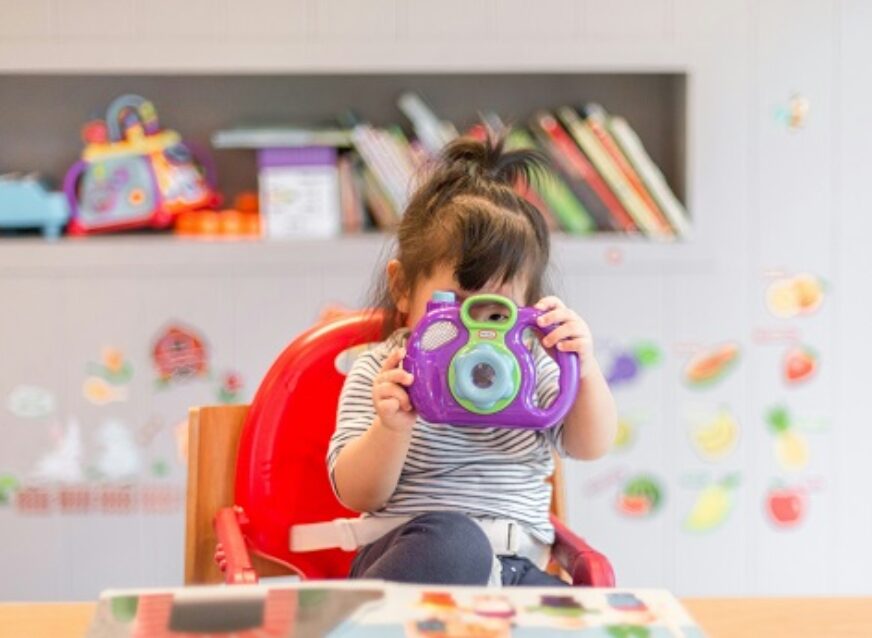
Choosing the Right Preschool: Ensuring a Safe and Caring Environment for Your Child
Starting the journey of selecting the perfect early childhood care centre for your little one is an important decision that lays the foundation for their early development. In this guide, we’ll explore some of the top concerns you should have related to the security, safety, staff attitude, and the physical environment of the centres you are considering.
1. Security Measures: Creating a Safe Space
Ensuring a secure environment is extremely important for your child’s well-being. When going through potential preschools, consider:
Centres with clear pickup and drop-off policies to prevent unauthorised access. Making sure that your the daycare or preschool you choose is particular about who has access to their premises.
CCTV Coverage: Opt for centres offering CCTV coverage, granting parents access to live footage. For first-time parents leaving their children at a preschool or daycare, it is reassuring to know that they can check in on their child whenever they want.
Creating a safe space involves more than just physical security. It includes measures that guarantee the overall safety and well-being of the children. CCTV coverage extends beyond physical security, providing parents with real-time visibility into their child’s activities.
2. Safety and Cleanliness: A Healthy Environment Matters
A clean and safe environment contributes to healthy development. Look for centres that ensure:
Emergency Preparedness: Confirm the presence of emergency measures and childproofing. Does the centre have fire extinguishers? Do they have a first aid kit, and someone who knows how to use it? Do they do regular fire drills?
Toy Safety: Ensure that toys meet safety standards, and equipment is of the highest quality.
Hygiene Standards: Ask the preschool staff about cleanliness schedules and protocols for handling hygiene-related incidents.
Safety and cleanliness go hand in hand in creating an environment that suits a child’s growth. Being prepared for emergencies involves not only having plans in place but also regularly practising drills to ensure everyone is familiar with procedures. Toy safety extends to regular inspections and age-appropriate selections, while strict hygiene standards involve meticulous cleaning routines and proper waste disposal.
3. Staff Attitude and Qualifications: Nurturing Caregivers
The attitude and qualifications of the staff also impact your child’s experience. Look for:
What certifications do the teaching staff have: Inquire about staff qualifications and their training in early childhood education. Are their teachers trained in the Montessori methodology? Where did they get their early childhood education training from?
Staff behaviour: When you are inspecting the preschools, take a note of how the staff are interacting with the children there. Do they seem authentic and warm? Are they letting the children explore and learn? Do they maintain calm discipline while managing their classrooms?
Small classrooms for individual attention: Examine the staff-to-child ratio to ensure 1:1 attention and care for each child.
Nurturing caregivers create a positive and supportive environment for children to thrive. Warm interactions between staff and children build trust and contribute to a child’s emotional well-being. Qualifications, including certifications in early childhood education, demonstrate a commitment to providing quality care.
5. Facilities and Learning Aids: Environments for Exploration
Explore the physical environment and learning resources provided by the centre:
Well-Designed Centres: Opt for centres that are spacious, airy, and well-lit. If you can, make sure you visit the centre prior to signing your child up to their services.
Quality Learning materials: Ensure access to high-quality learning materials, including books and toys, for a fun yet safe learning experience.
Well-designed centres create an inviting atmosphere that encourages exploration and creativity. Adequate space, proper ventilation, and well-lit environments contribute to a positive learning atmosphere. Quality learning aids, including books and toys, play a crucial role in engaging children and enhancing their cognitive and motor skills.
6. Parental Involvement and Communication: Partnerships for Growth
Communication and parental involvement are essential for a child’s all-round development:
Parental Participation: Ask about opportunities for parents to be involved in their child’s learning journey.
Communication Channels: Confirm the availability of clear communication channels for updates and addressing concerns.
A strong partnership between parents and the childcare centre contributes to a child’s overall growth. Opportunities for parental participation, whether through events, workshops, or regular updates, foster a sense of community. Clear communication channels ensure that parents are well-informed about their child’s progress and any relevant updates from the centre.
Keep in mind that choosing a childcare centre that prioritises security, safety, nurturing caregivers, and conducive learning environments is crucial for your child’s well-being and development. We hope that this list is helpful in your search for a childcare centre that meets your and your little one’s needs.



